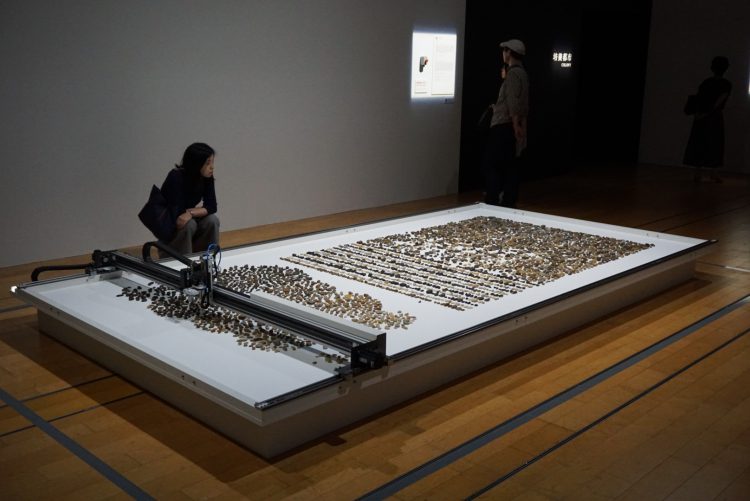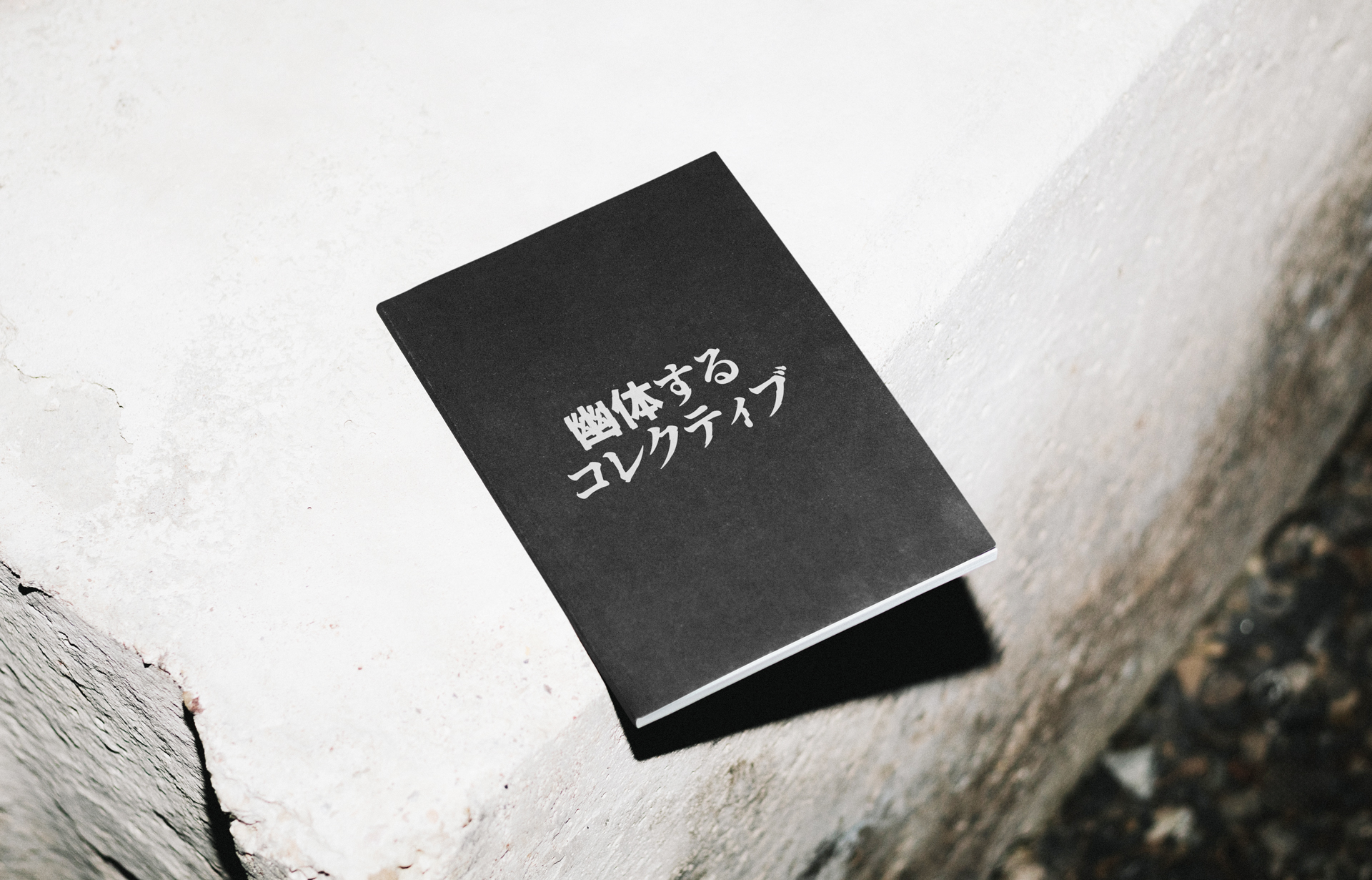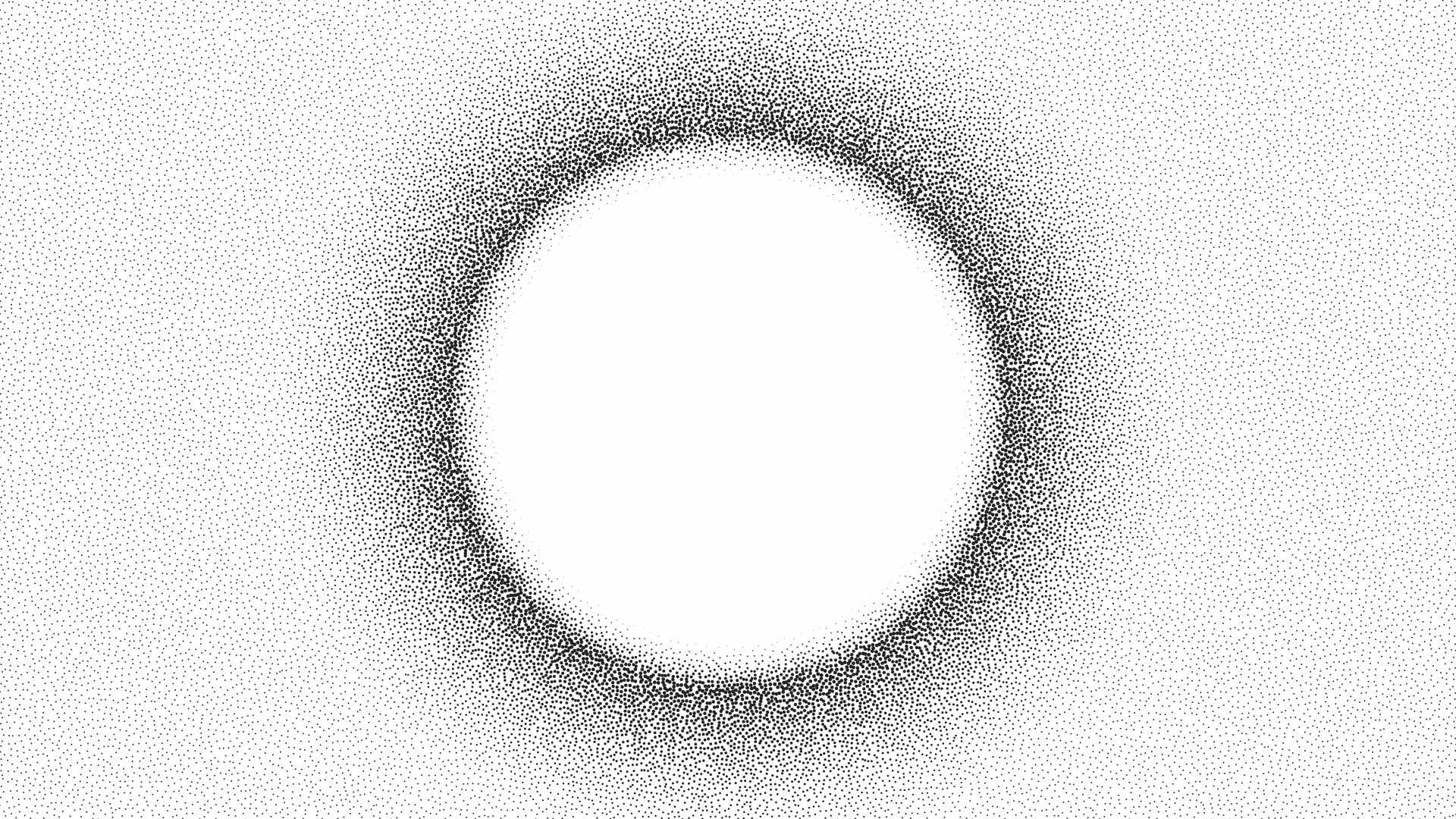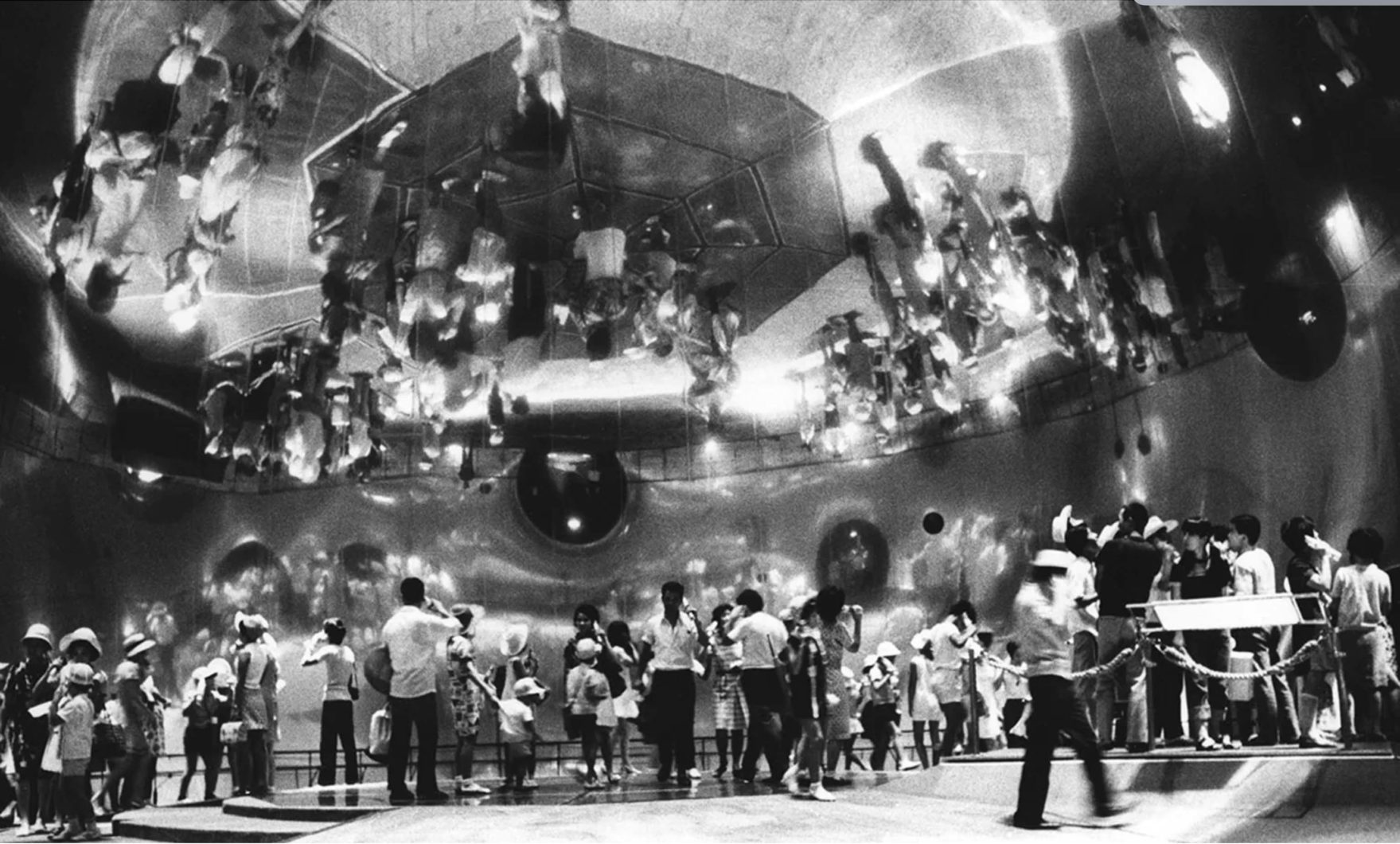
20th JAPAN MEDIA ARTS FESTIVAL
はじめに
今年も文化庁メディア芸術祭が開催された。今年は、国立新美術館ではなく、NTTインターコミュニケーションセンター、東京オペラシティ・アートギャラリーでの開催。世界88カ国、地域の応募作品4034件から選ばれた受賞作品が展示された。
メディア芸術祭のアート部門を見てよかったのは、社会に出てからぼんやりとしてしまった、制作に対する自分の姿勢や輪郭を再度確かめられたこと。
今年は、テクノロジーと生命との関係について思考実験できる作品が多かったように思える。
テクノロジーが非物質化に向かう今、テクノロジーは生態系と同様に増殖し続けている。複雑で課題が山積みな現代において、我々は近い将来、もしくは今、この瞬間に、どのような社会課題に直面しており、解決しなければならないのか。作品鑑賞を通して、社会とテクノロジー、そして、我々はどこに向かうのかを考える時間を持てたのも良かった。
Interface Ⅰ


解説:
” Interface I investigates the boundary between two interacting systems rendered into the physical. One system is a compound of motors, strings and elastic bands arranged horizontally. The two units face each other vertically (one on the top, one on the bottom). Each motor of one level (top, bottom) is connected to its opponent with a string, meeting in the center. Both motors pull their string in the opposite direction (like in a tug of war). At the junction of the strings, a mesh of elastic bands connects the string to its neighbours. The mesh couples each element to its surrounding elements in order to achieve a local emergent behaviour. In order to excite (stimulate) the system’s behaviour, each motor is feeded with random impulses of different pulling strength. Random signals are taken from a number of geiger mueller tubes used as an entropy source. The geiger-mller tubes pick up the natural ambient radiation of the earth. This noise acts as a catalyst that enables the systems to change. As the process begins the systems start to negotiate an interface/boundary surface (Grenzflche) between two separate organisations. The behaviour of this system is not programmed or choreographed, the shapes and behaviour develops due to the interactions of the many individual elements. Depending on the force distribution of the opposed motors, units move either upwards or downwards. At the same time the overall forces of the neighbouring elements influence this movement and vice versa. Interface investigates complex interactions of entities in some kind of encapsulated space. Complex and emergent behaviour appears at different scales and in different realms, ranging from biology, social science, computer science, anthropology to economics and politics . By taking away any references to something in the world, Interface allows manifold interpretations. The installation takes a closer look at the construction of digital images. Here the focus is on the relation of the almost infinite fast signals/switching operations in the materials of the machine and the stable/static/ordered appearing images on the outside. Interface removes the distinction between process and display (output) by making the display (the mesh or rubber bands) to the crucial part that defines the outcome of the process (behaviour).”
ラルフ・ベッカー氏の公式サイトより引用
Jiller
ふたつめは、ドイツ出身、ベルリン在住の作家、ベンヤミン・マウスとチェコ出身の作家、プロコップ・バルトニチェクによる作品、「Jller」である。個人的には、今回のアート部門の受賞作品の中でテーマ・表現ともに、最も興味深かった作品である。
「Jller」はインダストリアル・オートメーションと地史学の領域を対象にした研究プロジェクトの一貫で制作された。この装置は、河川の小石群を地質年代別に分類する装置である。
2.0×4.0[m]の台座上には、ドイツのウルム市近郊のイラー川で採取された7000個の小石が不規則に並んでいる。システムにはあらかじめ石の種類と年代の基準情報(色や線、模様、表面状態…etc)が設定されており、画像認識によって、この基準情報と各小石が比較され、吸着式アームが分類スペースを確保しながら、小石を種類と年代順に並び替える。分類が終わると、河川の重層的な歴史が鮮やかに視覚化される。
Jllerからつながるのは、身体性の拡張、ポストヒューマンについて。人間が機械に眼を与えたことで、人の眼という身体性が拡張され、本来、人のみでは到底達成できないタスク(Jllerのように小石が持つ複数のパラメータを瞬時に判断し、大量の小石をひたすら分類するなど)をこなすことができるようになるのだ。誰もが、身体性を拡張できる時代は既に到来している。機械のパーツを交換するように、自分のファンクションを自由に拡張するような攻殻機動隊的な世界は近い。その時、我々は生身の身体を選ぶのか、高機能な義体を選択するのか、近い将来、国際的な倫理問題として重要な社会テーマとなるに違い無い。


ポストヒューマンと倫理、規範について
アート部門の読後感は濃厚。ポスト・ヒューマン時代の人間の倫理観的なところで、あれこれと妄想している中で。「心の仕組み」を書いたSteven Pinkerが、こんなことを言っていたのを思い出した。
“外科手術であなたのニューロンの1つを、同等の入出力機能を持つ1つのマイクロチップに置き換えたとしても、あなたは以前と全く変わらないだろう。そして、もう一つ、さらにもう一つと置換を続けていった時に、あなたの脳はどんどんシリコンの塊となっていく。各マイクロチップが正確にニューロン機能を模倣するため、行動や記憶は以前と全く変わらない。あなたは違いに気づくだろうか。死んでいるように感じるだろうか。あなたのものではない意識が入り込んだように感じるだろうか。“
人間が槍だとか火打石だとか、道具を使い始めて、機能を外在化した時と同じことのような気がしているけれども大きく違うのは、生物学的に生物的知能と非生物的知能が融合しちゃうよという点かと。新の意味でのポスト・ヒューマン時代が到来した時、誰かの脳をスキャンしてデータ化して他人にアップロードして植え付けることができる未来がくる。自分は何のために生きていて、何者で、人間って何なのか生物って何なのかとか根本的な問題にぶち当たる時が来る。人類の発展と技術の発展には必ず倫理観、道徳観の規範が必要になってくるのだけども、世界のお利口さんな達が規範やガイドラインをつくる上での判断を間違えるとエグい未来になってしまう。個々の価値観や生きている環境の文化的背景は全くことなるが、共通の規範をつくることなど本当に可能なのだろうか。


